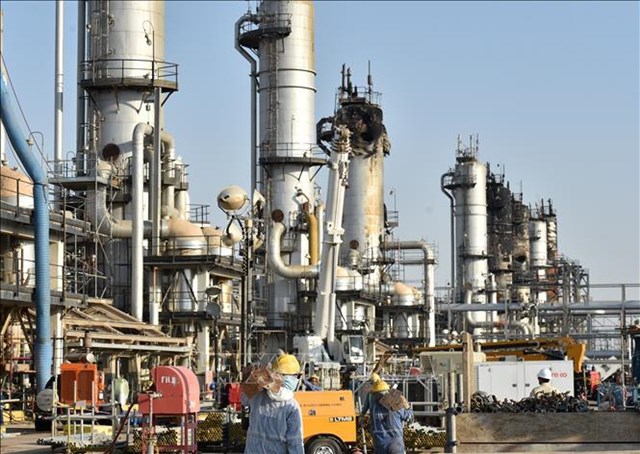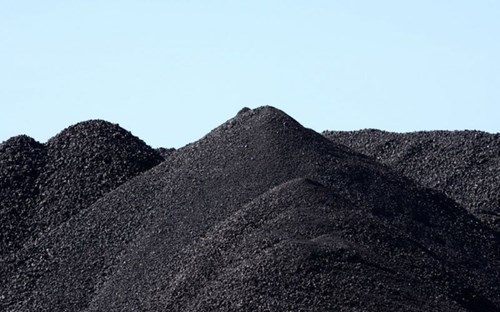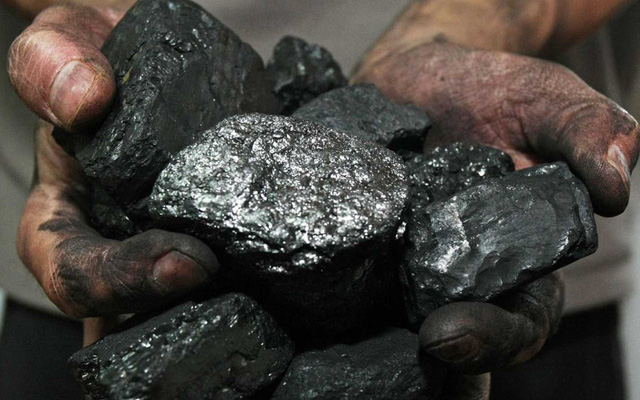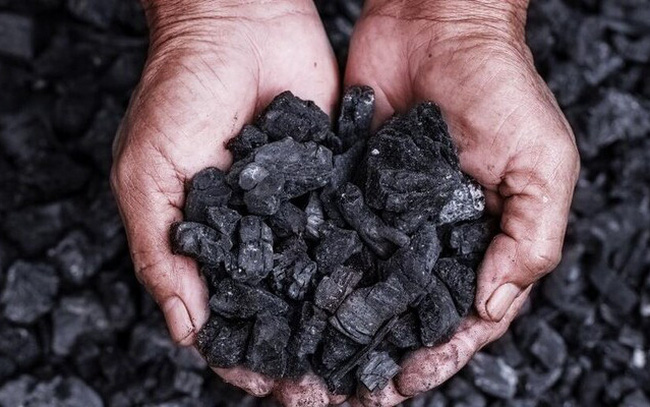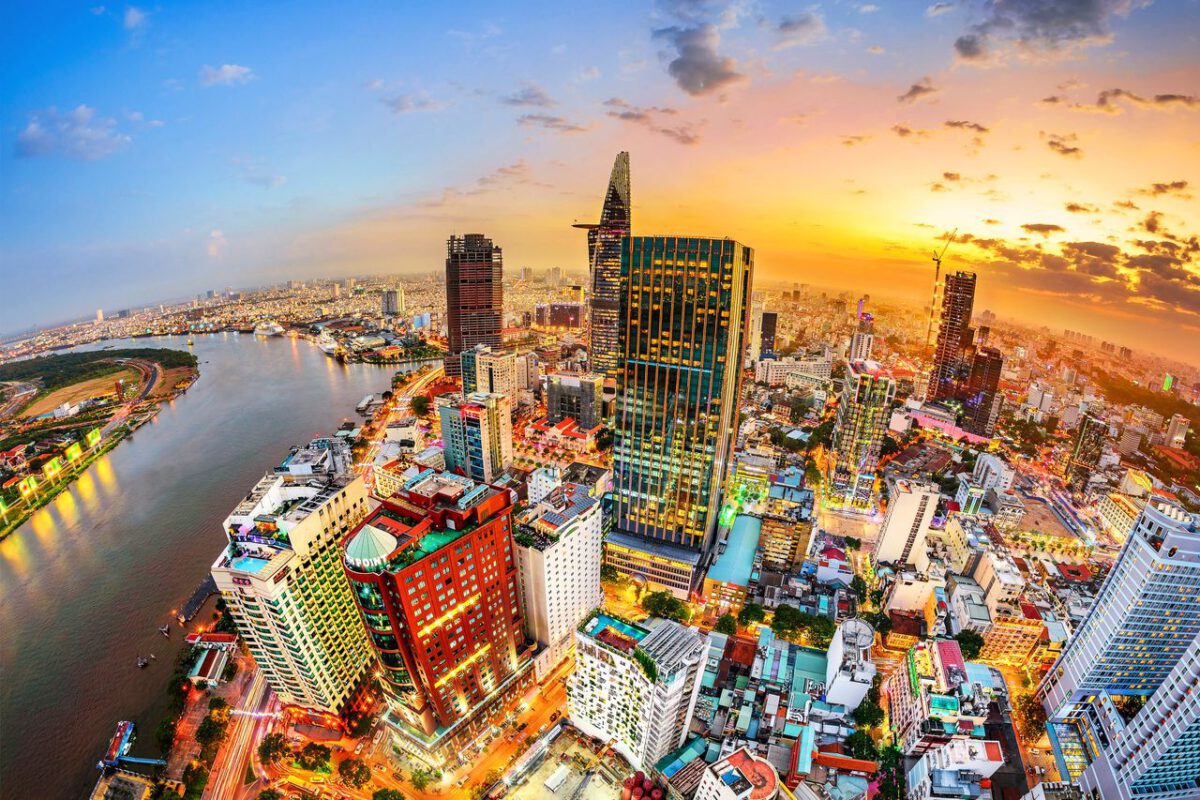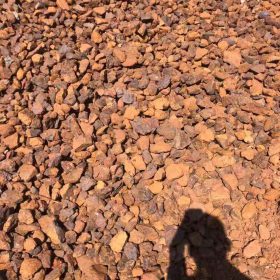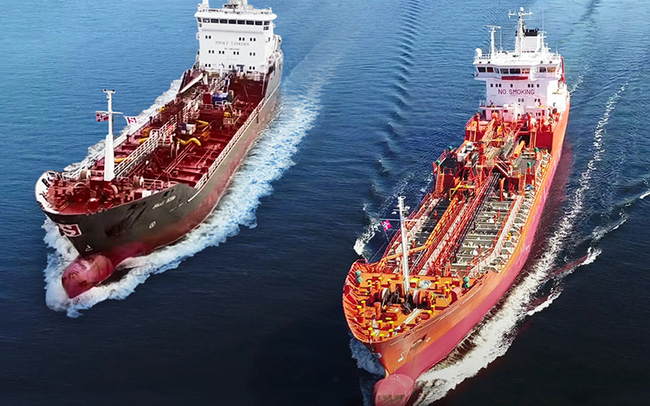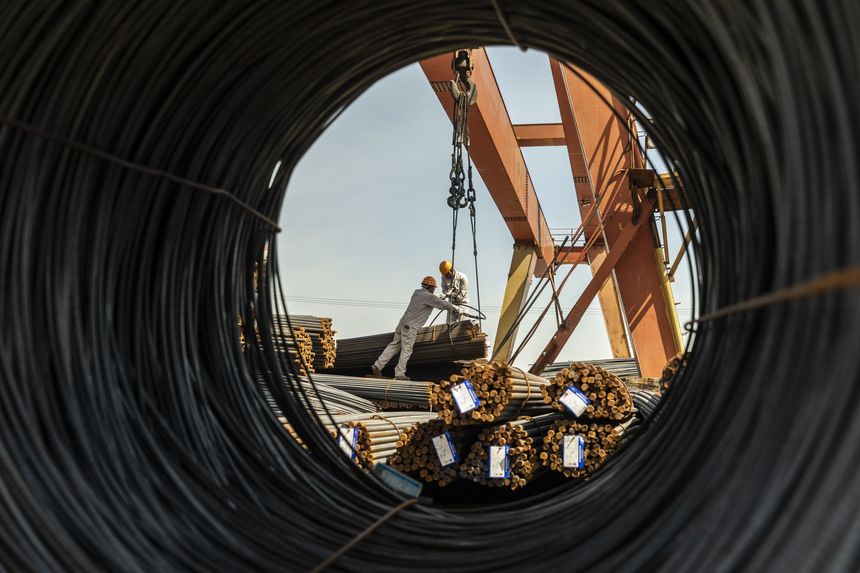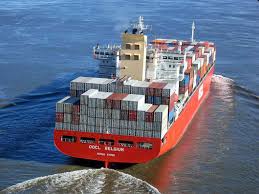When the whole world is focused on finding oil, clean water, but we forget that another important resource is about to run out. What is that?
Sand covers a large area of the Earth’s surface. And sand is a resource that human needs are second only to water. Sand is also a material that is exploited more than oil. Sand is used in construction, glass production, land reclamation, semiconductor chip production, etc.
Although we think that the amount of sand on Earth is extremely abundant, scientists have warned that this resource is in danger of being exhausted? What is happening?
Sand is a material that is mined more often than oil. (Photo: Baidu)
Global sand crisis
One of the important reasons is that “demand exceeds supply”. Although sand is a naturally renewable resource, the annual “loss” is still too great.
According to a survey by Freedonia, in 2016 the total production of sand mined for the world’s construction needs was 13.7 billion tons, 70% of which was consumed in Asia, of which China consumed nearly 5 billion tons. . Nearly two-thirds of global cement production is consumed in China and India due to the rapidly increasing urbanization demand in the country.
According to the statistics of the United Nations Environment Program (UNEP), the world’s annual use of sand has surpassed 40 billion tons and it has increased by 200% compared to the amount used 20 years ago. Therefore, although sand can be regenerated naturally, it cannot keep up with the rate of human use.
The demand for sand of the countries is too large compared to the supply. (Photo: Baidu)
Commenting on this warning, Pascal Peduzzi, Director of the United Nations Environment Program’s Global Resource Information Database said, “We used to think that sand was everywhere. And we never have. I now think the world will run out of sand, but in some places, this has happened.”
Singapore and the United Arab Emirates (UAE) are the largest sand importers in the world. In the past four decades, Singapore’s area has increased by 130 square kilometers thanks to the use of sand to encroach on the sea. The UAE has consumed up to 185 million m3 of sand to build artificial islands for tourism.
Consequences of indiscriminate exploitation
According to UNEF, the export of sand to Singapore is the cause of the disappearance of 24 Indonesian sand islands. After that, Indonesia banned the export of sand to Singapore. Cambodia and Malaysia have banned the export of sea sand. The UAE has to import sand from Australia because their supply has dried up.
However, the demand for sand of countries in the world is still increasing and shows no signs of abating. Therefore, the illegal sand trade has taken place and left many serious consequences for many countries. For example, in India, illegal sand mining has become a crime. Many murders, stabbings have happened just because of the competition for mining rights.
Today, sand smuggling has become a serious problem in the world. (Photo: Baidu)
According to the Spanish social campaigner – Alex Gonzalez Davidson, each year the sand industry trades about 70 billion USD and of which at least 15 billion USD comes from illegal mines.
In Morocco, half of the sand the country is using comes from illegal extraction from the coast. The phenomenon of erosion has occurred, causing the tourism industry of this country to suffer.
Not only Morocco, sand mining is causing major impacts on coral reefs in Kenya. This also caused the crocodile species in India to fall into extinction. Similarly, the ecology of the Mekong River is in an alarming state. Specifically, the Mekong riverbed in the downstream area has been lowered by several meters in just the last few years.
In addition, the scientists further emphasized that excessive sand mining will destroy the ecosystem, making natural disasters more frequent. The reason is that because the beaches have disappeared, there is nothing to prevent flooding. The tsunami that hit Sri Lanka in 2004 that destroyed everything is a testament to the over-exploitation of sand in this island nation.
The price of sand trading has increased sixfold over the course of 25 years. (Photo: Baidu)
And yet, the supply of sand became scarce, causing its price to increase rapidly. The price of sand trading has increased nearly 6 times over the course of 25 years. According to data from Centennial Construction Network, sand prices in China are at a “surreal high”. As of June 30, 2022, the average price of sand in this country is about 138 yuan/m3 (equivalent to more than 450,000 VND/m3).
In the world, many countries have increased the price of products using sand as a raw material due to its scarcity. From June 2022, two companies producing silicon wafers, ShinEtsu and SUMCO, have announced to increase their selling prices with the reason given that the price of sand continuously increases sharply.
So, standing at the risk of sand being increasingly depleted, the price of this resource increases sharply, what suggestions have experts made to solve this problem?
Need a big plan
In fact, scientists have invented artificial sand with the aim of replacing natural sand. Sand is crushed from stone, gravel is removed impurities and dust, so there is no need to screen before putting into concrete. They have uniform size, high bearing strength, so they are very suitable for concrete production. However, the cost of artificial sand is still quite high.
Scientists have come up with a solution to use artificial sand to replace natural sand. (Photo: Baidu)
In addition, many countries have begun to use recycled ash from burned solid waste to replace sand. Or in Zurich, a city in Switzerland is building buildings with 98% recycled concrete.
Another idea currently being worked on in India is to use waste plastic to produce concrete. In addition, some other materials such as wood are also being studied for use.
Along with the above solutions, the United Nations Environment Program also recommends that governments of all countries work together to come up with a common set of rules on management of natural sand mining. If the code is implemented and countries strictly implement it, sand resources will not be exhausted and sand smuggling will no longer continue.
* Articles are compiled from CBC, The Guardian, Euronews….
T&G Import-Export Joint Stock Company
Address: 352 Hue Street, Le Dai Hanh Ward, Hai Ba Trung District, Hanoi
Hotline: 02473010868
Email: hrm@tginterjsc.com
Website: http://tgimportexport.com








